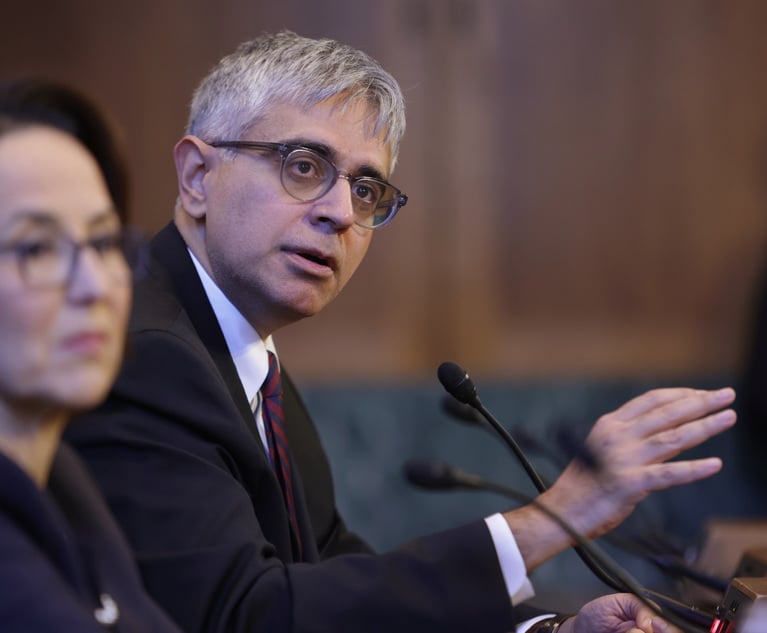18 U.S.C. § 1589 of the Trafficking Victims Protection Act, a new provision of the U.S. anti-slavery law, changed the landscape for criminal investigations and prosecutions of behaviors that for over 150 years, had escaped detection and apprehension by the authorities after the abolition of slavery in 1865. Enacted in 2000, the statute created a new crime under the U.S. criminal code, denominated as “forced labor.” ”Forced labor” was defined by the statute in 2000 as the obtaining of labor or services by means of threats of serious harm or physical restraint, or by means of the abuse of law or legal process, or threats to engage in such abuse, or by constructing a scheme or plan or pattern that would make the victim believe that he or she would suffer serious harm if he or she did not provide labor or services to the “employer.” In 2008, the statute was made tougher, amending the definition of forced labor to criminalize the use of force or threats of the use of force to obtain labor or services. The 2008 amendments also criminalize the knowing receipt of financial benefits and profits from participation in ventures that engage in forced labor. The reach of the statute was extended to allow prosecution for participation in forced labor ventures that occur outside the United States. If a U.S. person, including a domestically organized corporation or a corporation operating in the U.S., receives financial benefits from participation in a forced labor venture, no matter where located, it may be prosecuted in the United States under Section 1589(b) of the criminal provisions of the Trafficking Victims Protection Act. A federal court may impose a penalty of up to 20 years in prison if one is found guilty of financially benefitting from participation in a forced labor venture. Although prosecution of a corporation has its challenges, there are cases, including the recent prosecutions of Arthur Anderson, that show that such prosecutions can be effective, especially when individual executives in the company are also held accountable.
In 2020, Congress and the U.S. Department of Labor found that the Chinese government had created a system of forced labor in the Xinjiang Uyghur Autonomous Region (XUAR) by requiring mass internment of detainees to work in a number of industries, especially industries involving manufacturing of electronic devices and textiles.







